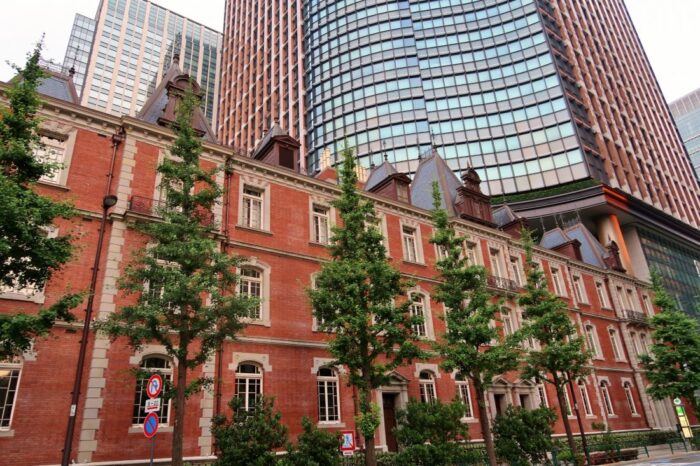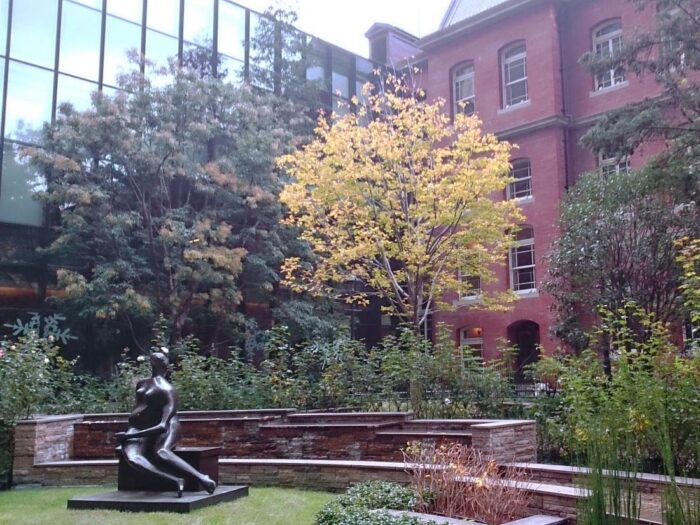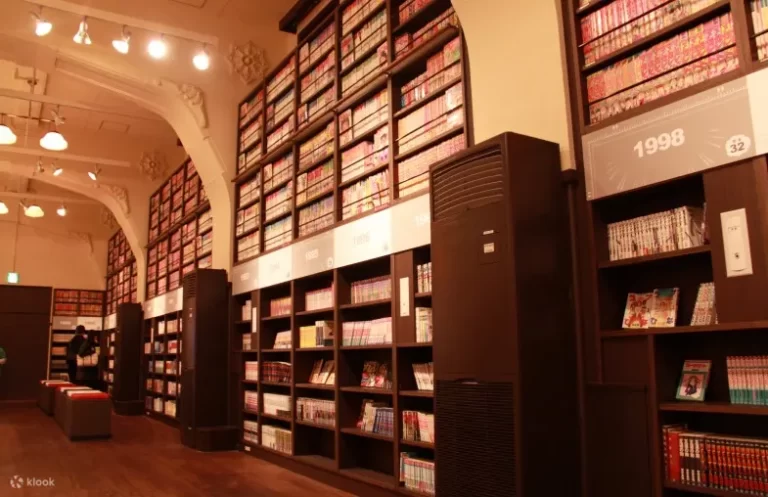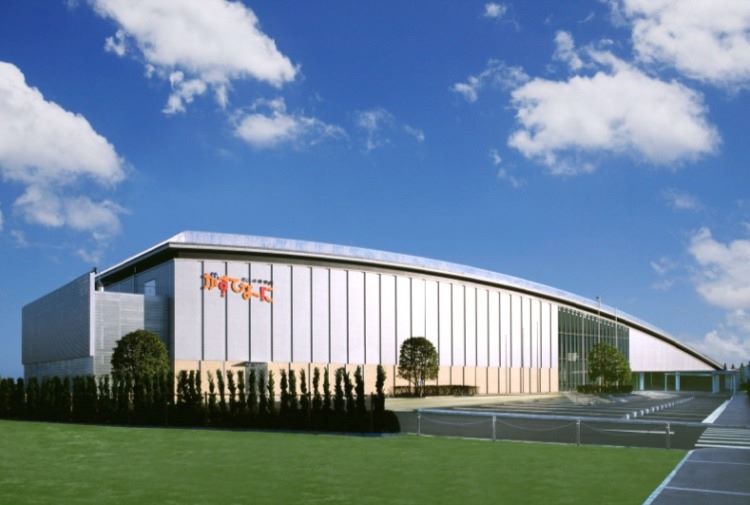Note: As of the 10th of April 2023 the Mitsubishi Ichigokan Museum is closed for renovations and is scheduled to re-open in Autumn in 2024
The Mitsubishi Ichigokan Museum is an art museum housed in a building that was originally constructed in the late 19th century and has since been restored to its former glory as a faithful recreation of the original Mitsubishi Ichigokan which stood on the same location.

The museum in Tokyo’s Marunouchi district, just a 7- minute walk from Tokyo Station, showcases art pieces, ranging from Japanese and Western paintings to sculptures and photographs. The museum’s collection is constantly updated with new exhibitions and events, making it a worthwhile destination for art lovers in Tokyo.
History

The Mitsubishi Ichigokan Museum is housed in a building that is a faithful recreation of the original Mitsubishi Ichigokan, which was constructed in January 1892 and completed in December 1894. The original building was Marunouchi’s first Western-style office building and was designed by British architect Josiah Conder. It was demolished in 1968, but was eventually rebuilt as a near-exact replica of the original building, reopening to the public in 2010 as a modern art museum.

The history of the museum dates back to 2003-2004 when the City Planning Institute of Japan conducted a study on the building. In 2005, the Architectural Institute of Japan also conducted a study on the building. The restoration of the museum was completed by the office building that was built in the Meiji period. The museum building is an almost complete recreation of the original Mitsubishi Ichigokan structure that stood on the same spot.
Architecture

As mentioned the original building was designed by the English architect Josiah Conder in 1894, and it stood on the same location as the current museum. The building was a symbol of Japan’s modernization and the end of its isolationist period. The museum is a faithful reconstruction of the original building, which was destroyed in 1968.
The museum’s exterior is a blend of European and Japanese architectural styles. The red brick facade is reminiscent of Victorian-era buildings, while the roof is made of Japanese tiles. The building’s design is a testament to the fusion of cultures that occurred in Japan during the Meiji era.
The interior of the museum is just as impressive as its exterior. The museum’s galleries are spacious and airy, with high ceilings and large windows that let in plenty of natural light. The museum’s architects have done an excellent job of blending the building’s historical features with modern amenities. For example, the museum’s elevators are sleek and modern, but they are also designed to blend in with the building’s historical features.
One of the most impressive features of the museum is its central atrium. The atrium is a large, open space that extends from the ground floor to the roof. The atrium is surrounded by galleries on all four sides, and it gives you a stunning view of the museum’s interior. The atrium is also used for special exhibitions and events.

The museum’s architects have done an excellent job of preserving the building’s historical features while also incorporating modern amenities. The museum should be on your to-do-list for anyone interested in architecture or Japanese history.
Collections
The Museum is home to an impressive collection of Western art from the 19th century including works by famous artists such as Henri de Toulouse-Lautrec, Edgar Degas, and Claude Monet.
One of the most notable collections at the museum is the Maurice Joyant Collection, which features over 200 works by Henri de Toulouse-Lautrec. This collection includes some of Toulouse-Lautrec’s most famous works, such as “At the Moulin Rouge” and “La Toilette”.
In addition to the Maurice Joyant Collection, the museum also has a collection of French paintings from the 19th century. This collection includes works by artists such as Jean-Léon Gérôme and Eugène Delacroix.
The museum also has a collection of Japanese art from the Meiji period. This collection includes works by artists such as Kawanabe Kyosai and Tsukioka Yoshitoshi.
Exhibitions
Exhibitions a hosted throughout the year, showcasing both Japanese and international artists. The exhibitions cover a wide range of art genres, including painting, sculpture, photography, and design.
The museum has a rotating schedule of exhibitions, with new shows opening periodically. check the museum’s website for the latest information on upcoming exhibitions and their schedules.
One of the notable exhibitions held at the museum was the inaugural exhibition “Manet and Modern Paris” in 2010. This exhibition featured the works of French painter Edouard Manet and his contemporaries, showcasing their contributions to the development of modern art.
A recent exhibition was “The Art of Disney – The Magic of Animation”, which showcased the history and evolution of Disney animation. The exhibition featured original sketches, storyboards, and animation cels from classic Disney movies, providing a glimpse into the creative process behind some of the most beloved animated films of all time.
In addition to the main exhibitions, the museum also hosts events and workshops related to the exhibitions. These events provide visitors with a deeper understanding of the artworks on display and the artists behind them.
Visitor Information

If you’re planning a visit to the Mitsubishi Ichigokan Museum, here is some important information to help you make the most of your experience.
Location and Hours
The museum is in the Marunouchi district of Tokyo, easy to get to. The address is 2-6-2 Marunouchi, Chiyoda-ku, Tokyo.
The museum is open daily from 10:00 am to 6:00 pm, with last admission at 5:30 pm. It is closed on Mondays, except for national holidays, and during exhibition changes. check the official website for the latest information on hours and closures.
Directions
The most convenient way to reach the Mitsubishi Ichigokan Museum is by train. The nearest train stations are:
- Tokyo Station: A major hub in Tokyo, serviced by multiple JR lines, Shinkansen (bullet trains), and the Tokyo Metro Marunouchi Line. From Tokyo Station, the museum is just a 7-minute walk away.
- Nijubashimae Station: Located on the Tokyo Metro Chiyoda Line, it is a 5-minute walk from the museum.
- Otemachi Station: A major subway interchange station for the Tokyo Metro Tozai, Marunouchi, Hanzomon, and Chiyoda Lines, as well as the Toei Mita Line. The museum is about an 8-minute walk from the station.
Tickets and Admission
Tickets can be purchased at the museum or online in advance. Admission fees vary depending on the exhibition, with discounts available for students, seniors, and groups. Audio guides are available for an additional fee.
You can explore the museum at your own pace, with no time limit on visits. However, large bags and backpacks must be checked at the coatroom before entering the galleries.
Accessibility
The Mitsubishi Ichigokan Museum is wheelchair accessible, with elevators and ramps throughout the building. Wheelchairs are available for loan on a first-come, first-served basis. Visitors with disabilities can receive discounted admission fees and one accompanying person can enter for free.
The museum also offers programs and services for visitors with special needs, including audio guides with audio descriptions and sign language interpretation. contact the museum in advance to arrange for these services.
The Sum Up
The Mitsubishi Ichigokan Museum, Tokyo is a beautiful and historically significant building that lets you unique look into the history of Japan’s modernization. The museum’s exhibitions showcase art and historical artifacts, including pieces from the Meiji era and modern artwork from around the world.






